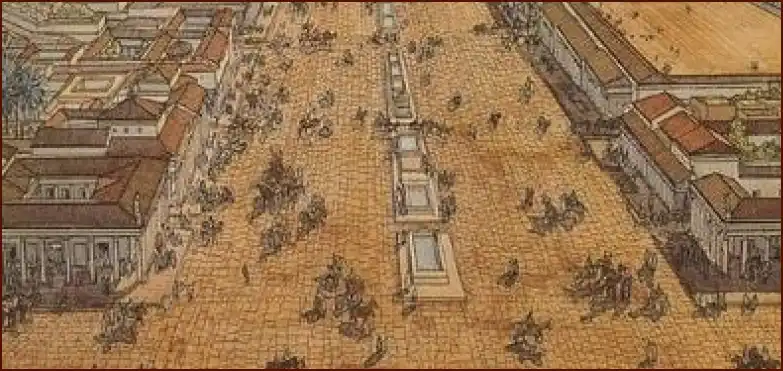While the Hellenistic literary world was dominated by male authors, it was also an era that saw the notable emergence of several influential women poets. Breaking through the patriarchal constraints of the time, these women made significant contributions, particularly to the genre of the epigram. Appreciating their work means recognizing their unique perspectives on themes of love, domestic life, and nature, all crafted with the same sophistication and artistry as their male counterparts.
Table of Contents
Poets like Anyte of Tegea and Nossis of Locri were not outliers but respected figures whose work was collected and admired. They expanded the thematic range of their chosen genres and offered a female gaze on subjects that had traditionally been the domain of men. Their poetry provides an invaluable, though fragmentary, glimpse into the female experience in the Hellenistic world.
🌿 Anyte and the Poetry of Nature
Anyte of Tegea (early 3rd century BC) was one of the most celebrated epigrammatists of her time. While she wrote on a variety of subjects, she was particularly renowned for her pastoral epigrams and tender epitaphs for animals. In many ways, she was a pioneer of the bucolic theme, predating Theocritus in her focus on the charm of the countryside.
Her work is characterized by:
- Pastoral Scenes: She wrote descriptive epigrams about rustic settings, such as quiet springs and shady trees, creating a sense of peace and tranquility.
- Animal Epitaphs: Anyte composed touching and memorable epitaphs for pets, including a warhorse and a pet cicada. This was a significant innovation, showcasing an ability to find genuine emotion in subjects previously considered too trivial for poetry.
- A Female Perspective: Her epitaphs for young women often highlight the tragedy of a life cut short before marriage, a theme that resonated with the female experience.
❤️ Nossis and Sapphic Echoes
Nossis of Locri (c. 300 BC) was another prominent female epigrammatist who explicitly linked herself to the great archaic poet Sappho. Her work is intensely personal and focused on the lives and emotions of women. She is best known for her dedicatory epigrams, many of which were written for objects dedicated by women at temples.
Her poetry often celebrates female beauty and desire, echoing Sappho’s themes of homoerotic love. Nossis’s work provides a rare window into the social and religious lives of women in her community. By focusing on female subjects and claiming a female literary heritage, she carved out a distinctly female space within the male-dominated world of Hellenistic poetry.
More Topics
- How Philosophy Influenced Hellenistic Writing
- How to Understand the Hellenistic Book Roll
- How to Read Hellenistic Didactic Poetry
- How Literary Rivalry Shaped Hellenistic Poetry
- How Scholarship Became Literature in the Hellenistic Era
- How Royal Patronage Shaped Hellenistic Literature
- How to Experience Hellenistic Mime and Popular Entertainment

